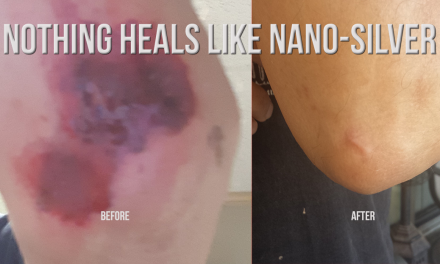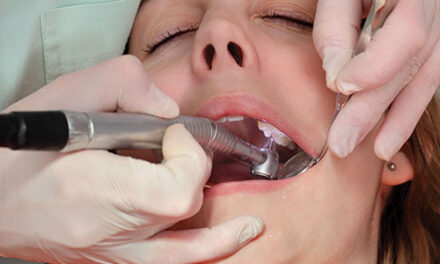Celiac disease is one of the most common chronic genetic autoimmune disorders in the world and can affect children and adults. Individuals with this disorder have permanent intolerance to gluten, which is a protein in wheat, rye, barley and related grains. The gluten leads to damage of the small intestine lining. Heredity plays a role in the onset of the condition with symptoms occurring through an autoimmune function.
According to the National Institute of Health, in the United States, celiac disease affects an estimated two million individuals, or one in 133 people and occurs twice as often in females. The only treatment is a gluten-free diet. This disorder can start at any age when the diet first includes gluten.
With celiac disease, eating gluten triggers an immune response in your small intestine that eventually leads to inflammation and damage of the small intestine’s lining. With this damage, food is not absorbed properly, called malabsorption. With malabsorption, vital nutrients cannot be delivered to the brain, nervous system, bone, liver and other organs.
- Due to malabsorption, children with celiac disease can experience growth and developmental problems. There is no cure for celiac disease. Following a strict gluten-free diet helps management of symptoms. The common symptoms associated with celiac disease include the following, however, some people may have no symptoms.
- Abdominal pain (especially after eating)
- Bloating
- Diarrhea
- Weight loss
- Dermatitis
- Osteoporosis
- Dental defects
Oral Manifestation of Celiac Disease
Celiac disease has particular signs that show up orally, and dentists can have an initial important role in recognizing and identifying it in people who may not know they have the disorder. It’s estimated 90 percent of individuals in North America remain undiagnosed. Early referral to a gastroenterologist and treatment can help prevent complications of this gluten intolerance condition.
If celiac disease appears before age seven, the outer surface of the teeth (enamel) can have an abnormal appearance. The permanent teeth will show the following defects:
- Delayed eruption of teeth
- Cream, yellow or brown spots on the surface
- Rough surface with grooves and shallow pits
- Shape of tooth may be dramatically changed
These same oral symptoms can be caused by other dental conditions. In fact, dentists may diagnose the abnormal appearance of colored spots enamel to a condition caused by too much fluoride or that the mother took the antibiotic tetracycline during pregnancy.
Other oral related conditions of celiac disease include:
- Recurring mouth ulcers (canker sores also known as aphthous ulcers)
- Dry mouth
- Red, smooth, shiny tongue (atrophic glossitis)
- Squamous cell carcinoma (cancer of the pharynx and mouth)
Treatment of Oral Manifestations of Celiac Disease
Unfortunately, tooth defects that result from celiac disease are permanent and don’t improve with a gluten-free diet. However, there are treatments that your dentist can provide to help improve esthetics. These include:
- Tooth bonding to improve slight defects
- Veneers to improve the whole front surface of the tooth
- Crowns for teeth that are damaged throughout
Veneers and crowns are cosmetic solutions for older children and adults, while tooth bonding can also help with children’s teeth.
For dry mouth, avoid toothpaste with sodium lauryl sulfate. This harsh detergent can dry the tissues and exacerbate mouth sores. Mouthwash with alcohol also tends to worsen dry mouth.
For canker sores, it’s reported taking 500 mg of the amino acid L Lysine helps to reduce the occurrence and hasten healing.
Proper oral hygiene is crucial towards maintaining oral health, especially if you notice dry mouth. Harmful bacteria thrive in a dry oral environment. To keep the bacteria from causing gum disease, practice proper oral hygiene on a daily bases. Of course, regular dental check ups are important to detect early potential problems.











